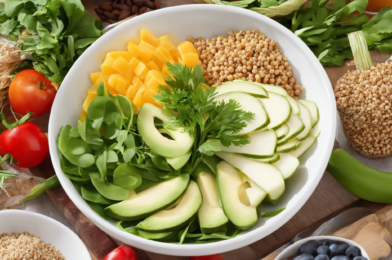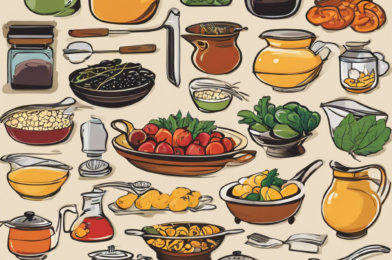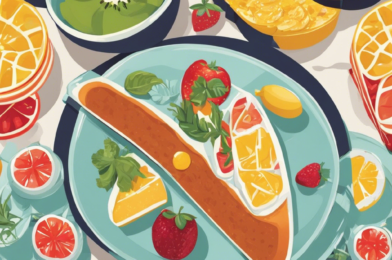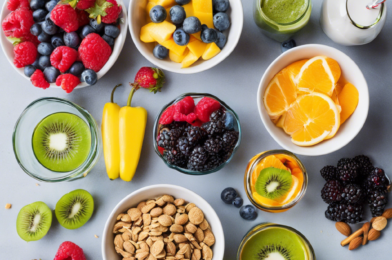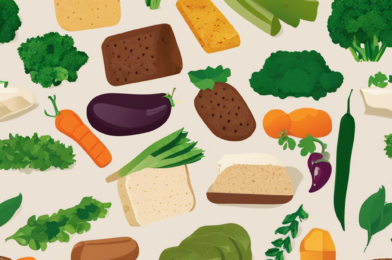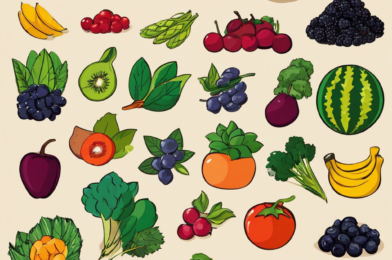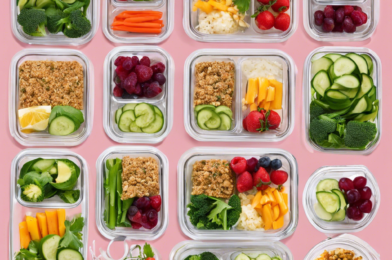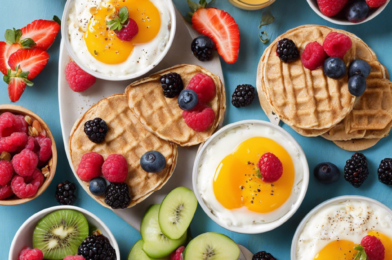Eating healthy on a budget may seem daunting, but with some planning and creativity, it’s definitely achievable! It’s a common misconception that healthy eating has to be expensive. While it’s true that certain specialty items and organic produce can come with a hefty price tag, there are plenty of ways to maintain a nutritious diet without breaking the bank. Here are some tips and recipes to get you started on your journey towards budget-friendly healthy eating:
Firstly, plan your meals. Taking time to plan your meals for the week ahead is an effective strategy for keeping costs down. Determine which meals you will cook at home and which meals you will need to prepare ahead of time for packed lunches or busy days. This simple step will reduce reliance on takeout and help you stick to your budget. Secondly, make a grocery list and stick to it! Impulse purchases are often unnecessary and can quickly add up. Check your pantry and fridge before heading to the store, and create a list of items you need. When at the store, avoid being tempted by unnecessary snacks or treats that might derail your budget and your health goals.
Buy seasonal produce. Fruits and vegetables that are in season are almost always more affordable and taste better too. For example, berries in the summer and root vegetables in the winter. You can also look for cheaper alternatives, like frozen or canned produce, which are just as nutritious and often cost a fraction of the price. Look for sales and discounts, and don’t be afraid to stock up on non-perishable items when they’re on offer.
Cook in batches. Preparing larger portions and freezing leftovers is a great way to ensure you always have a healthy meal on hand. It’s also far more cost-effective than buying pre-made frozen meals. Invest in some good-quality storage containers to keep your meals fresh and freezer-burn free. Some budget-friendly, nutritious meals to try include lentil chili, vegetable fried rice, and homemade pita pizzas. These recipes are simple, flexible, and can be adapted to use whatever ingredients you have on hand.
Keep healthy snacks on hand. When hunger strikes, it’s easy to reach for convenience foods that are often loaded with salt and sugar. Instead, stock up on budget-friendly snacks like fresh fruit, natural yogurt, homemade energy balls, or hummus with crudités. These options will keep you satisfied and are far cheaper than pre-packaged snacks. Making your own snacks, like roasting chickpeas or making your own granola bars, can also be fun and rewarding.
Eating healthy on a budget is absolutely possible, and it doesn’t have to be restrictive or boring. It’s all about being creative with affordable, nutritious ingredients and planning ahead to make sure you stick to your budget. So, get cooking and enjoy the benefits of a healthier you without breaking the bank! For more tips and recipe ideas, be sure to check out our upcoming posts, where we’ll dive into specific meal ideas and cost-saving strategies to keep your wallet and taste buds happy. Happy healthy eating!

